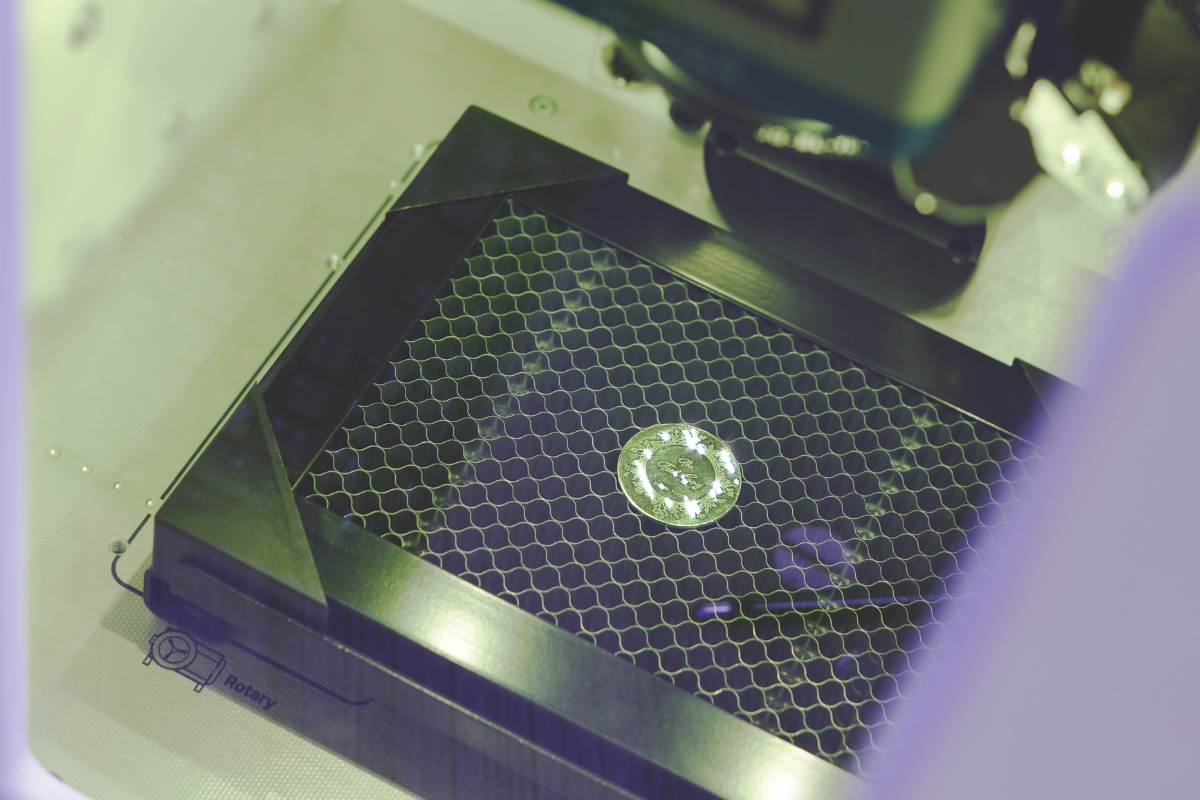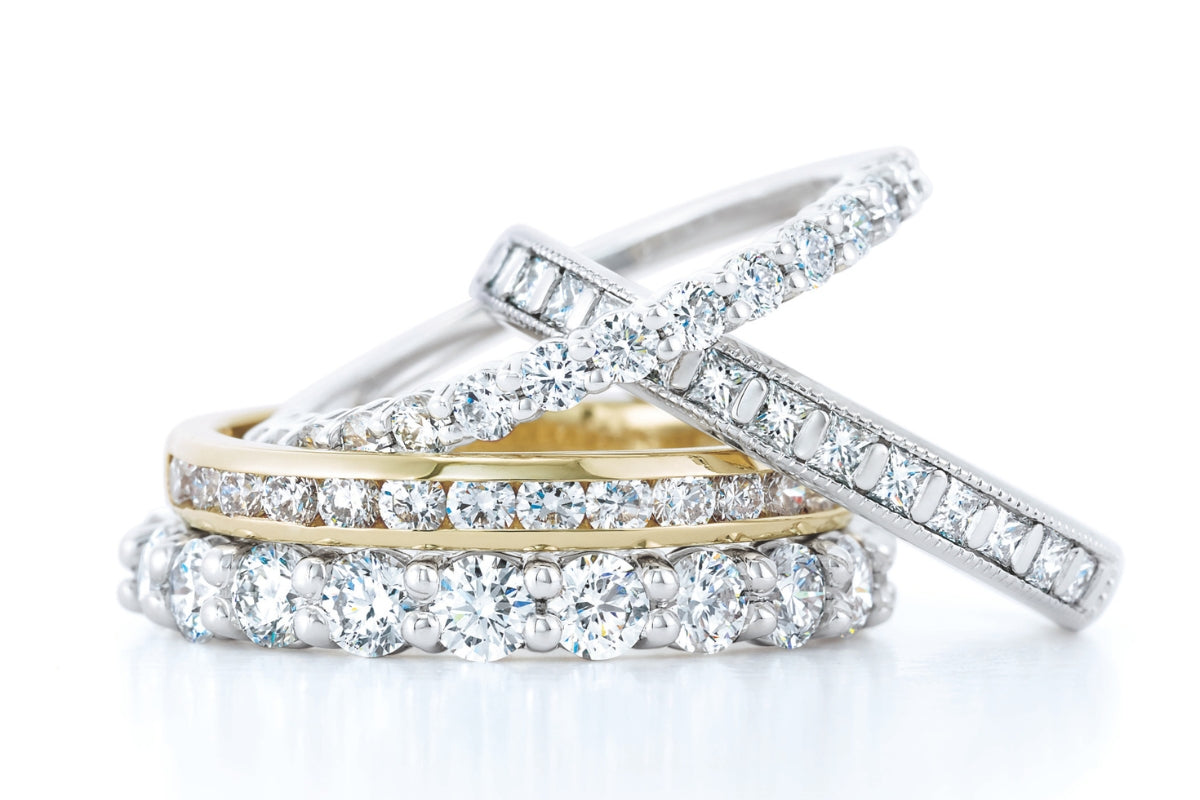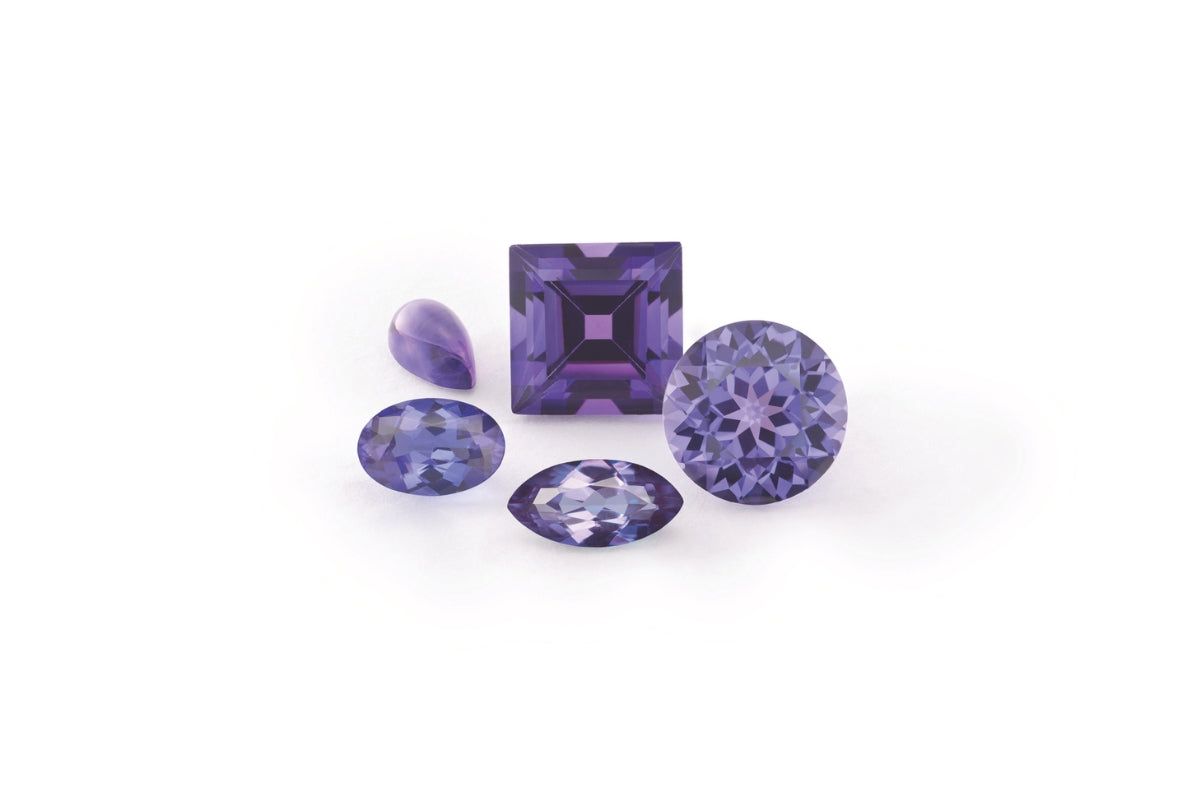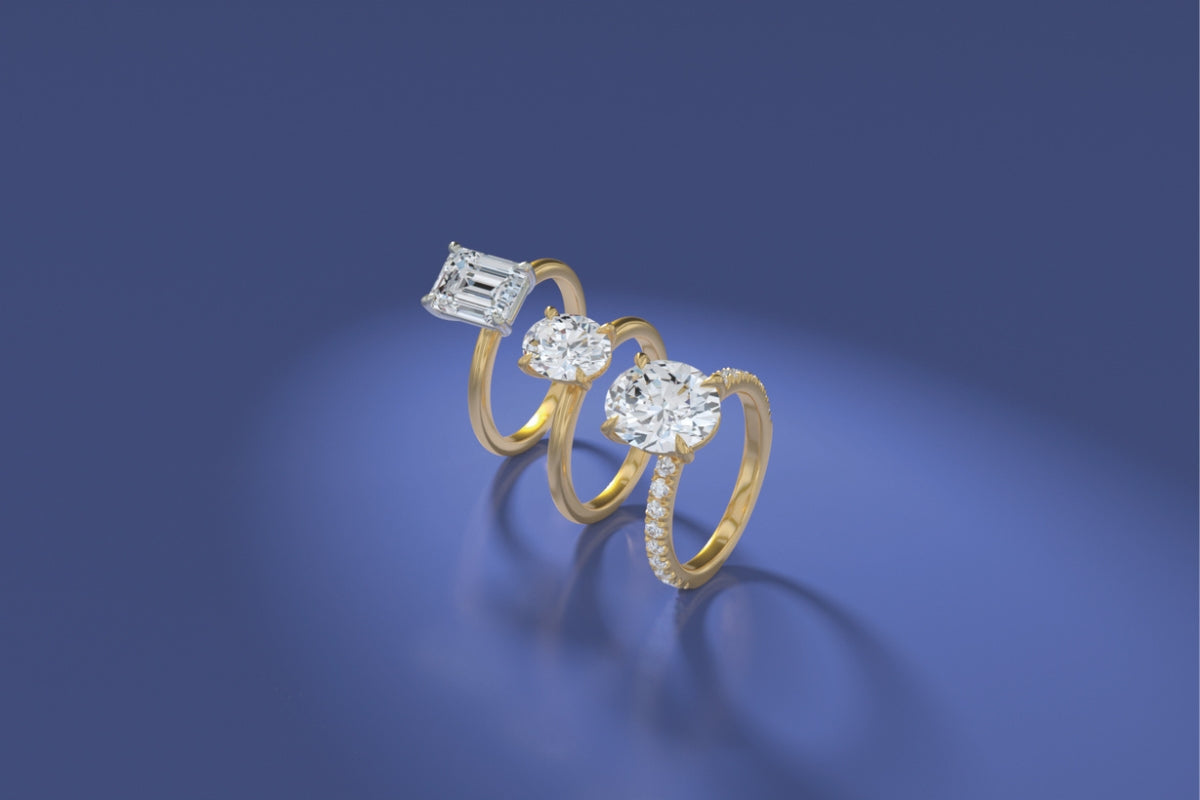When it comes to evaluating gemstones, gemologists rely on several key tools and techniques to assess a stone's properties, quality, and suitability for various uses. One of the most important tools in their toolbox is theMohs Scale of Hardness, a system developed by Friedrich Mohs in 1812. This scale provides a simple yet effective way to compare the hardness of different minerals and gemstones based on their ability to resist scratching. For gemologists, understanding the hardness of a gemstone is critical, as it influences its durability, value, and how it should be treated during cutting, polishing, and setting in jewelry.
In this blog post, we’ll explore how gemologists use the Mohs Scale of Hardness in their work, how the scale is applied to different types of gemstones, and the practical implications of a gemstone’s hardness.

What Is the Mohs Scale of Hardness?
TheMohs Scale of Hardness is a 10-point scale that ranks minerals based on their resistance to scratching. The scale ranges from1 (softest) to10 (hardest), with each mineral able to scratch those below it but not those above it. The ten minerals that make up the scale, from softest to hardest, are:
- Talc
- Gypsum
- Calcite
- Fluorite
- Apatite
- Orthoclase
- Quartz
- Topaz
- Corundum
- Diamond
For example, a gemstone with a Mohs hardness of7, likequartz, can scratch materials with a lower hardness, such ascalcite (hardness 3), but it cannot scratch gemstones with a higher hardness, such astopaz (hardness 8) ordiamond (hardness 10).
Why the Mohs Scale of Hardness Is Important for Gemologists
Gemologists use the Mohs Scale of Hardness for several reasons, but most notably, it helps them assess a gemstone'sdurability,value, andworkability. Understanding a stone’s hardnessis essential for determining how it will perform over time and how it should be handled during cutting, polishing, and setting. Let's dive into how gemologists apply this information.

Durability and Wearability
The Mohs Scale of Hardness is a key factor in determining how durable and scratch-resistant a gemstone will be in everyday use, particularly for jewelry. Gemstones with higher hardness ratings, likediamonds (10) orsapphires (9), are incredibly durable and can withstand the wear and tear of daily life, including contact with harder materials. On the other hand, gemstones with lower hardness ratings, such asopal (5.5) orturquoise (5-6), are more prone to scratching and may require extra care to avoid damage.
For example, adiamond, being the hardest known natural material, can easily withstand contact with most other substances, making it ideal for engagement rings and other pieces of jewelry that are worn daily.Emeralds (hardness 7.5-8), while durable, are more prone to scratching than diamonds, and their fragile inclusions can make them susceptible to breaking under pressure.
For gemologists, knowing the Mohs hardness of a stone allows them to assess its suitability for different types of jewelry and advise clients on how to care for the gemstone. For instance, they may recommend that softer gemstones be set in protective settings or suggest that customers avoid wearing certain stones in high-contact areas.

Gemstone Cutting and Polishing
When cutting and polishing gemstones, a gemologist must take the hardness of the stone into account to determine the proper tools and techniques to use. Gemstones that are harder require special equipment, such as diamond-tipped cutting tools, to ensure a clean cut and smooth finish.
For example, aquartz gemstone, which has a Mohs hardness of 7, can be cut with a steel saw but will require a diamond saw for more intricate cuts. A softer gemstone likegypsum, on the other hand, can be easily shaped with a basic tool, but too much pressure or heat may cause it to break or crumble.
Additionally, the polishing process is influenced by hardness. Harder stones are easier to polish to a high shine because they resist scratching and wear more evenly. Softer stones, on the other hand, may be more difficult to polish and require more time and care to achieve the desired finish.
Identifying Gemstones
Gemologists often use the Mohs Scale of Hardness as a quick and effective tool for identifying unknown minerals or gemstones. By testing the hardness of a stone, gemologists can narrow down the possibilities and distinguish between stones that look similar but have different properties.
For example, bothamethyst andfluorite can appear purple, butamethyst has a Mohs hardness of7, whilefluorite is softer, with a hardness of4. If a gemologist tests the stone with a steel file and finds that it scratches easily, it is likely to befluorite, notamethyst.
In many cases, gemologists will use hardness testing in combination with other identification methods, such as color, crystal structure, and refractive index, to accurately identify gemstones. However, the Mohs Scale remains one of the simplest and most effective tools for initial identification.

Determining Cutting Challenges
Some gemstones are more challenging to cut due to their hardness. Gemologists must take this into account when planning the cutting process. A hard gemstone likesapphire orruby, which has a hardness of9, will require careful planning to avoid excessive wear on the cutting tools and to ensure that the stone maintains its integrity throughout the process.
On the other hand, gemstones with lower hardness ratings, liketalc (hardness 1), can be cut and shaped with relative ease, but the challenge lies in preserving their delicate structure. Soft stones may be more prone to chipping or breaking during cutting, so gemologists must use gentler techniques and pay closer attention to the stone’s natural weaknesses.
Advising Clients on Care and Maintenance
Once the gemstone is cut and polished, gemologists often advise clients on how to care for their gemstones to maintain their appearance and prevent damage. For example, a gemologist might recommend that adiamond be cleaned with a gentle solution and soft brush, while a softer gemstone liketurquoise might require a gentler approach, avoiding exposure to harsh chemicals or extreme temperatures.
In addition, gemologists will provide recommendations for setting gemstones in jewelry. Softer stones may be set in protective settings, such as bezel settings, to minimize exposure to scratches, while harder stones can be set in more open settings without compromising their integrity.
For gemologists, the Mohs Scale of Hardness is a vital tool in understanding the characteristics of gemstones and ensuring they are handled, cut, and set correctly. From evaluating durability and wearability to advising on care and maintenance, the Mohs Scale provides invaluable insights into how gemstones will perform over time.
By applying the Mohs Scale in their work, gemologists can help clients make informed decisions about gemstone purchases, care, and maintenance. Understanding the hardness of a gemstone is essential to preserving its beauty and longevity, ensuring that each stone remains a lasting treasure for years to come.
Soha Diamond Co. is a jewelry store located in Madison, Wisconsin:
https://maps.app.goo.gl/J8zaeQUYWAk23hDNA
View custom Soha engagement ring styles on Instagram:
https://instagram.com/sohadiamondco
Browse Soha Diamond Co. engagement ring inspirations:
https://www.sohadiamondco.com/pages/our-engagement-rings
Learn about Soha’s engagement ring design process:
https://www.sohadiamondco.com/pages/design-process
Book your custom engagement ring visit with Soha:




